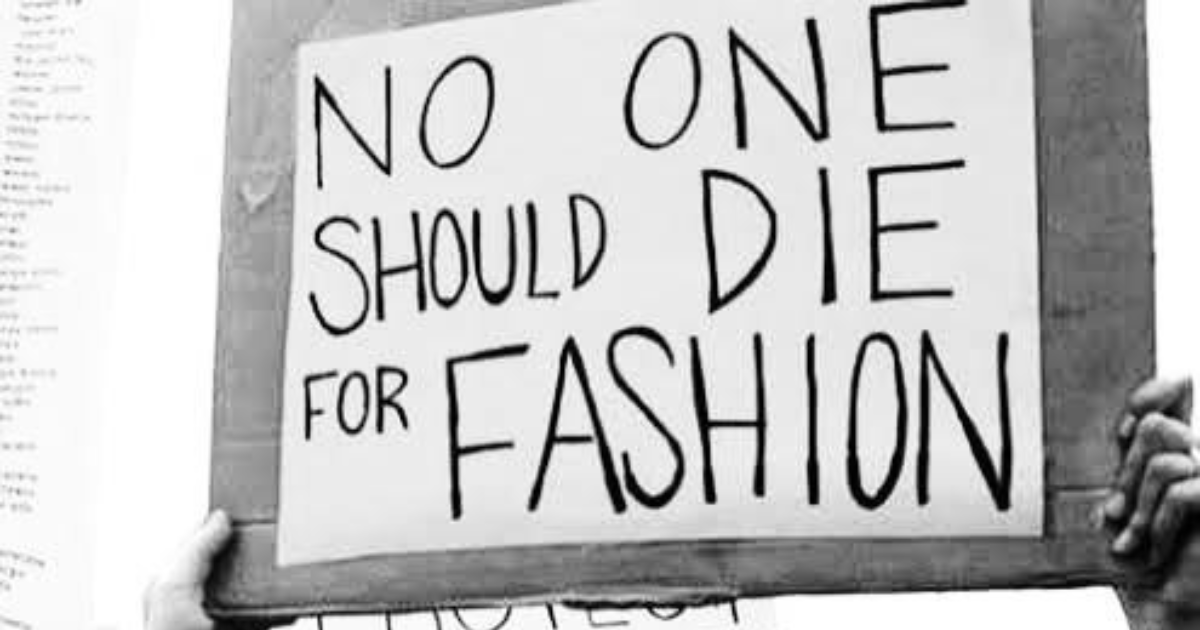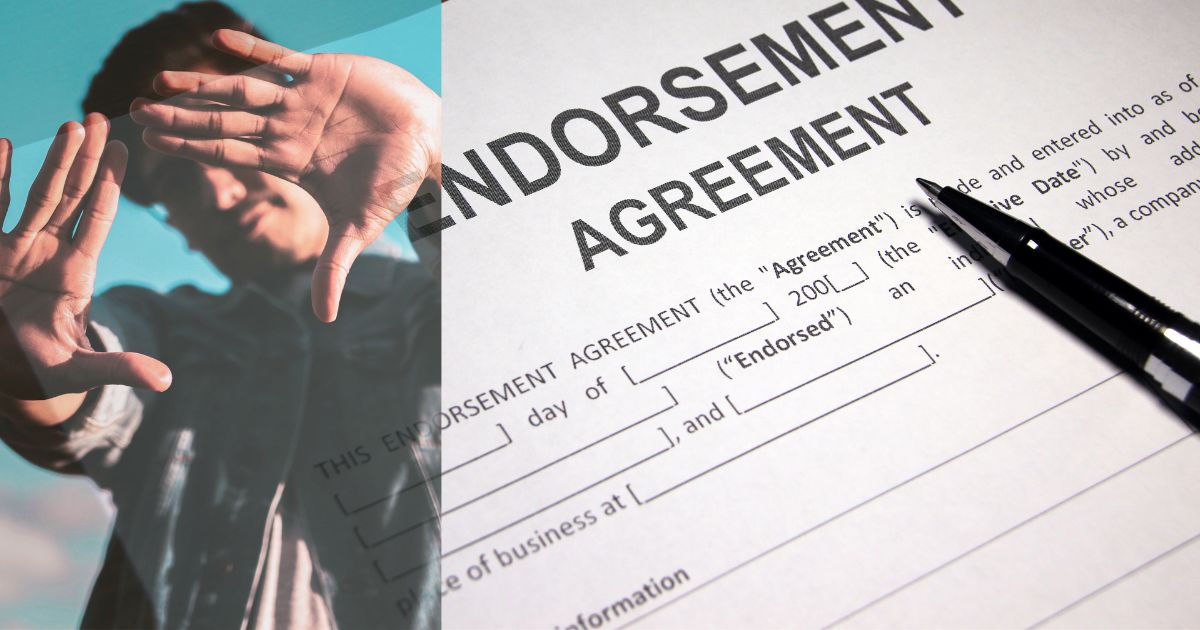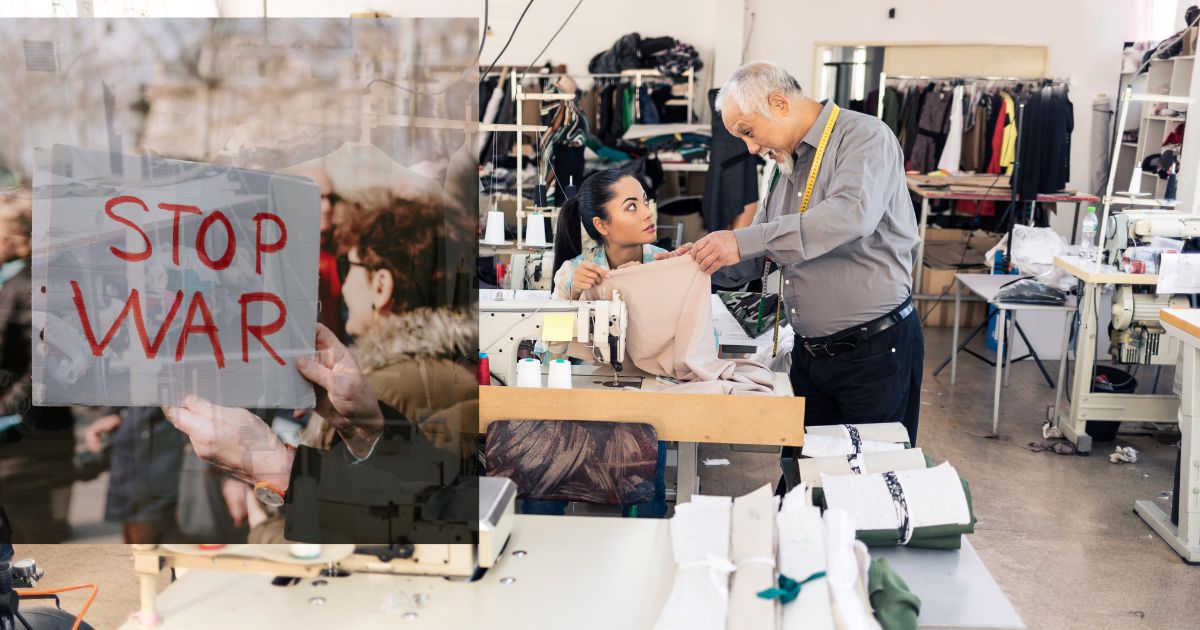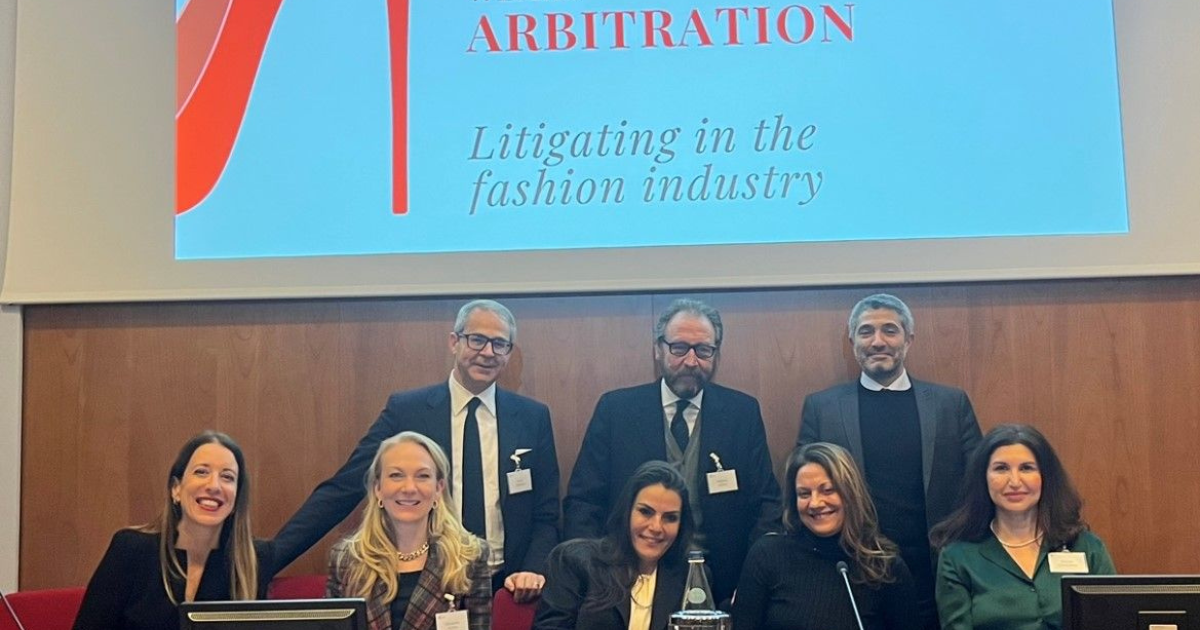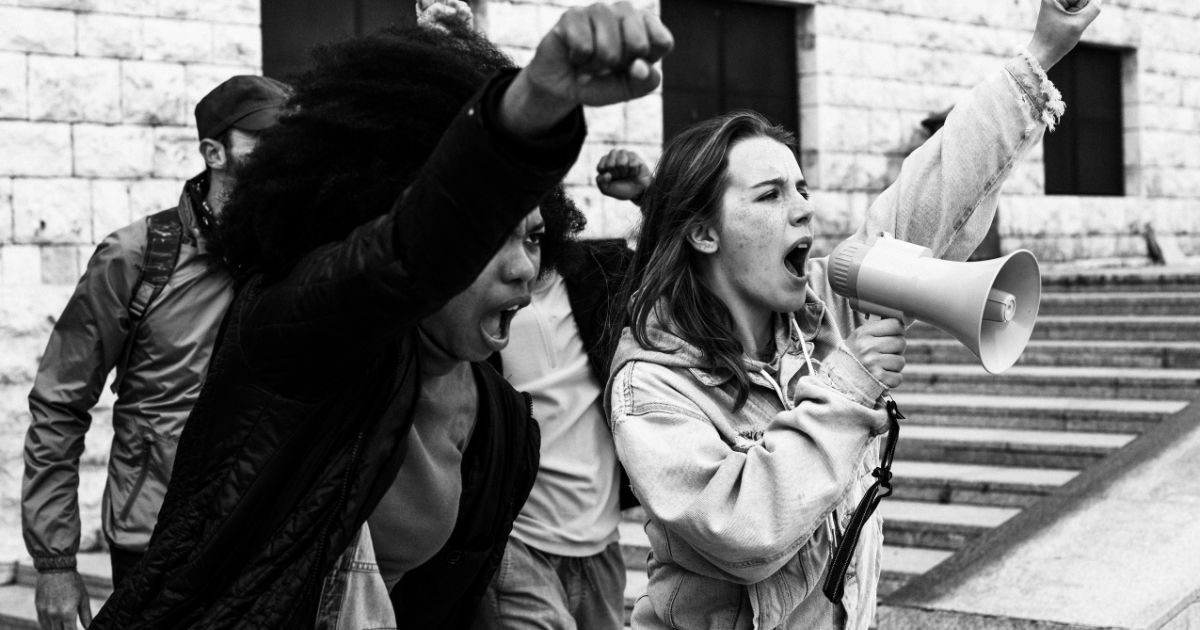“For many years, Dior, Saint Laurent, and other fashion houses have secretly used embroiderers for their wares, relying on their expertise while providing little in the way of job security.”
There is a simple but unavoidable truth beneath the glitterous face of the fashion industry giants: exploitation of textile labourers. During the Covid-19 pandemic, big market players like Nike, and TJX saw their stock values rise by up to 11%, on the other hand, textile workers in the developing nations saw an average 21% decrease over the same time period. It becomes blatantly obvious that textile laborers are being exploited in this developing world in order to make that t-shirt you just bought $.10 cheaper to produce. It is a shame that the consumers choose to turn a blind eye to these questionable labour practices as long as they continue to purchase their products. This situation right here is a human rights catastrophe.
According to Penelope Kyritsis, director of research at the Worker Rights Consortium, “labour abuse is baked into the supply-chain model championed by garment companies.” And a recent report found luxury brands are amongst the worst offenders. Workers’ rights advocates have warned that the global fashion and retail industry’s reliance on outsourcing and intricate, globalised supply chains for producing quick-turnaround goods at low cost has allowed forced labour to flourish. They claim that major fashion brands profiting from the model seem reluctance to change. The group also found that the biggest luxury brands in the world are among the worst offenders when it comes to tackling the worst types of exploitation in their supply chains, with an average score of 31 out of 100.
French luxury goods company Kering (owner of Alexander McQueen and labels like Gucci) scored 41 out of 100, while LVMH, the owner of brands like Christian Dior and Louis Vuitton, got 19 out of 100. Prada, the Italian luxury fashion house, scored a dismal 5 out of 100 on KnowTheChain’s benchmark, and its rating has gotten worse over time. While these findings are striking but they aren’t surprising to the workers’ rights advocates.
Two years before, individual working in garment factories in Bangladesh that supply prominent global brands made headlines after clashing with police in a weeks-long strike over low wages. The news came shortly after workers at Topshop’s Leeds distribution centre walked out of work in protest of the “meagre wages and exploitative contracts” used by the British fast fashion giant, and about six months after 500 garment workers in Myanmar participated in a massive strike demanding that their employers observe Thingyan, one of the biggest and most widely observed holidays in the country.
Luxury and high fashion firms at the top of the fashion totem pole have not been immune to labour unrest. According to the NGO China Labor Watch, Marc Jacobs, Coach, and Michael Kors came under criticism in March 2018 after up to 100 workers in one of its suppliers’ factories embarked on a “massive walkout to protest suspected sub-standard and illegal working conditions.” South Korean-owned Guangzhou Panyu Shimen Handbag Ltd. Co has been accused of failing to pay its employees a salary in accordance with local laws; as WWD reported at the time, “its workers have gone on strike over back pay owed and are campaigning to receive a monthly base salary of 3,500 renminbi ($553) during production-low seasons.”
In Korea, employees of Chanel outposts went on a brief strike the same month to protest the long hours and low pay. In a statement released in March 2018, a spokeswoman for the Korean Federation of Service Workers’ Unions said, “The current strike reveals the desperation of workers in the services industry.” “Department stores may appear opulent and sophisticated, but the sales clerks who work there endure long hours for meagre pay. This is the state of the country’s cosmetics market.
And yet, media outlets around the world report that a number of brands, including adidas, H&M, Gap Inc., and Lacoste, have been linked to allegations of forced labour in mass detention facilities in China, where it is alleged that ethnic Uighurs and other Muslim minorities are tortured and made to work. According to the Guardian, “Global fashion brands source from Xinjiang so extensively that a coalition [of more than 170 human rights and trade groups] estimates that it is ‘virtually certain’ that as many as one in five cotton products sold across the world are tainted with forced labour and human rights violations occurring there,” meaning that “virtually the entire (global) apparel industry” – high fashion and luxury names, included – “is tainted.”
The aforementioned cases of labour exploitation, which continues to run rampant in the global fashion industry, raise the question: why do fashion giants across the globe continuously fail to clean up their acts?
The current legal system makes it difficult for companies to contribute to the solution, even when customers, investors, the media, and their employees repeatedly demand it. One of the greatest issues is that businesses need to have more control over their supply chains if they want to end labour exploitation. However, companies run the danger of tremendous legal liabilities if they exert more control over their supply chains.
The countries where these brands are headquartered – whether it be Spain, home to Inditex, the parent company of Zara, or Sweden for H&M, or France for the majority of the brands owned by LVMH and Kering—need to re-evaluate their legal frameworks in order to bring about real change in the world of fashion. To be specific, in order to encourage companies’ direct involvement in labour issues inside their supply chains, the current liability regulations must be changed.
Know and show’ supply chains
More generally, organisations in the sector must be able to “know and disclose” their supply chains, according to Weber. To do this, they must map out their supply chains and publish the identities of all of the suppliers they are collaborating with.
Unhealthy working conditions thrive in nations with lax labour laws and enforcement, but many fashion brands with headquarters in Europe and the US continue to attempt to disavow liability for what occurs further down their supply chain, according to Chloe Cranston, business and human rights manager at Anti-Slavery International, who spoke to Al Jazeera.
Cranston used the example of commodities produced in China’s Xinjiang province utilising forced labour from the Uighur Muslim minority.
A recent Amnesty International study included first-person testimony and detailed the widespread detention and systematic torture of Uighur Muslims residing in China. Some of the allegations include Uighurs being “compelled to live and work in a factory” and forced labour.
Through the purchasing of yarn or cotton, for instance, “almost the entire fashion business is implicated in Uighur forced labour,” Cranston claimed.
The fashion sector still has a long way to go to guarantee it is not complicit in the crimes against humanity suffered by Uighurs, despite some progress being made in this area over the past year, according to Cranston.
She emphasised that since fashion and retail companies wield significant corporate clout, it is their duty to make sure that their interactions with vendors, labour unions, and other stakeholders promote fair working conditions for all parties involved in their supply chains, from those who gather raw materials like cotton to those who spin them into fabric in factories.
Consumers shouldn’t have to exert extra effort to ensure that their purchases are free from slavery, according to Cranston.
What will it take to create change?
Brands are in a bit of a Catch-22 scenario in this regard. As things stand, brands are rarely held accountable when a supplier or subsidiary in their chain violates the law (and as a result, brands restrict integration). The issue from the brand’s perspective is that if they aggressively take charge of their supply chains, they are likely to lose any of their legal protections. This holds true regardless of whether the control is being used to further their own self-interest (more effective supply chains) or the goals of activists (better labour practices).
Following the 2013 Rana Plaza tragedy, numerous European businesses signed a safety agreement designed to shield Bangladeshi workers from hazardous working conditions, which led to the resolution of this conundrum. A few Australian and American fashion companies baulked at signing the agreement due to concerns about potential future liabilities.
We must first acknowledge the complicated environment in which brands operate in order to persuade them to improve their supply chains and put an end to worker abuse. In the current climate, it is frequently safer for brands to stay out of labour disputes and to cover up behind “monitoring” and “audits” conducted by third parties. However, in order to make real change, we must figure out how to turn what are currently dangers of action into incentives for change.







